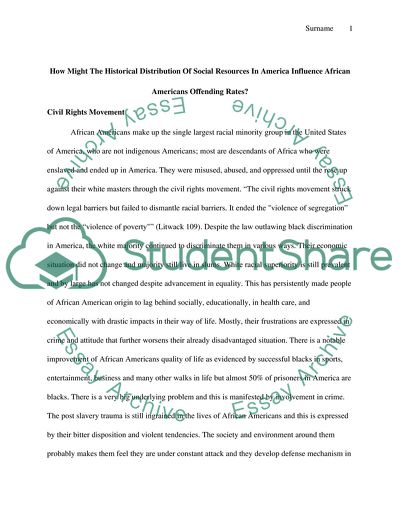Cite this document
(The Historical Distribution Of Social Resources In America Influencing Essay, n.d.)
The Historical Distribution Of Social Resources In America Influencing Essay. https://studentshare.org/history/1769881-how-might-the-historical-distribution-of-social-resources-in-america-influence-african-americans-offending-rates
The Historical Distribution Of Social Resources In America Influencing Essay. https://studentshare.org/history/1769881-how-might-the-historical-distribution-of-social-resources-in-america-influence-african-americans-offending-rates
(The Historical Distribution Of Social Resources In America Influencing Essay)
The Historical Distribution Of Social Resources In America Influencing Essay. https://studentshare.org/history/1769881-how-might-the-historical-distribution-of-social-resources-in-america-influence-african-americans-offending-rates.
The Historical Distribution Of Social Resources In America Influencing Essay. https://studentshare.org/history/1769881-how-might-the-historical-distribution-of-social-resources-in-america-influence-african-americans-offending-rates.
“The Historical Distribution Of Social Resources In America Influencing Essay”. https://studentshare.org/history/1769881-how-might-the-historical-distribution-of-social-resources-in-america-influence-african-americans-offending-rates.


